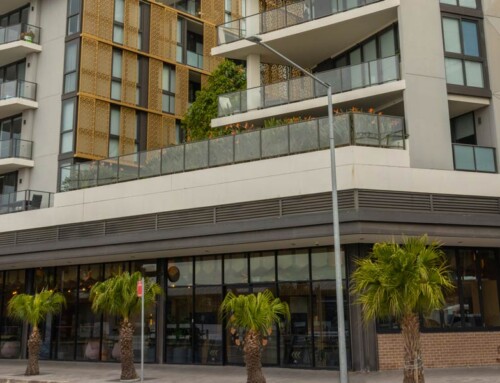Jansan Category Needs A Product Facelift
Since facility managers can choose from a variety of professional cleaning products currently on the market, the need to separate your brand from your competitors is now more crucial than ever. Product packaging and design is a key marketing differentiator that can go a long way to make a good first impression and create strong brand loyalty.
The products in the jansan category are beginning to show their “packaging” age. But I get it. We’re creatures of habit. If things aren’t broken, why fix them? Why change the appearance of a product if it passes the test on quality, durability, and performance. Quality products are designed to be dependable, long-lasting and take on any cleaning job a custodial staff needs to accomplish in a given day. Durable products build trust and make operations for a facility manager more efficient to ensure higher performance. Why does design really matter?
It matters for several reasons. By simply changing a product’s visual appearance while leaving the underlying engineering intact, manufacturers can see increased sales and a stronger brand identity. Brands who are prioritizing product and packaging design innovation will see game-changing results. Forward-thinking facility managers who pay closer attention to products and solutions that emphasize these differences also will see time, labor, and cost savings efficiencies.
One manufacturer putting a great deal of emphasis on efficient product and packaging design is Coastwide Professional™. The company is equally focused on both the chooser—the individual responsible for purchasing jansan product—and the user—a facility manager and their custodial staff that use a cross-category line of products using the company’s “Systems Thinking” approach.
For the chooser, Systems Thinking, simplifies a cleaning job through clear communication and functional cues that support safe and efficient work. This means using consistent, visually graphic, design architecture for carrying, unboxing, and dispensing activities that highlight the product benefits and usages not only on exterior packaging but also on product labeling itself to drive home overarching brand language.
For the user, Systems Thinking uses color as a wayfinding tool to visually communicate product use, specifically designating interaction zones with bold colors such as green, orange, or blue. This visual brand language makes it easier for facility managers and their custodial staffs to train new employees around potential language barriers since everyone can identify using the same color-coded janitorial cart, cleaning solution and mop to simplify the time spent choosing products and more time cleaning. Using functional color design cues also has other intuitive benefits. It can prevent cross-contamination and accidental chemical mixing that could be hazardous to health or surfaces. It also can prevent the migration of tools moving across departments or different zones of your facility and disorganizing your janitorial closet.
I strongly urge manufacturers to reevaluate their current visual brand design and language cues. Across all vertical industries, studies have consistently shown that companies that strategically prioritize visual and verbal design cues in their business models, have competitive advantages with purchasers of their products and end-users. Visual consistency establishes uniformity and makes it easier for your customer or facility management staff to find and use your product.
Brand identity is the purest expression of any organization and also is most meaningful. The consistent treatment of your brand identity helps you build a strong and lasting impression for all audiences. You always want this to stand out clearly and legibly.
Equally important is creating user-friendly product and packaging design that is functional and makes a good first impression. New York Times best-selling business author Malcolm Gladwell once said, “Our first impressions are generated by our experiences and our environment, which means that we can change our first impressions…by changing the experiences that comprise those impressions.”
So let’s ditch the old ways of thinking about product and packaging design. If someone walks into a dirty or outdated restroom facility, it leaves the impression that management is uninterested in properly maintaining the building. Same goes for your approach to packaging design. It plays a vital role in how your customers see your company and your brands. Enticing packaging design can lead to increased sales. Your customer may make their first impression about your product based on the way your product and packaging design looks. Now’s the time to reconsider design and not be left behind your competitors in the jansan category.

















